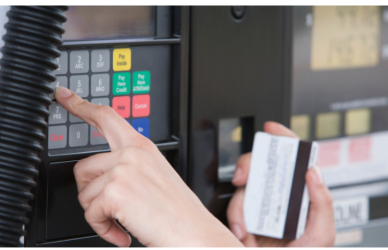The Federal Motor Carrier Safety Administration (FMCSA) has confirmed updates to its Crash Preventability Determination Program, introducing significant expansions to enhance the program’s scope.
The notice details the finalized updates, includes responses to stakeholder feedback, and lays out the steps for implementation.
Current Program Overview
The FMCSA’s Crash Preventability Determination Program reviews 16 specific collision types, with the goal of identifying crashes that are “not preventable” by drivers of commercial motor vehicles (CMVs). Once classified, these determinations are reflected within the FMCSA’s Safety Measurement System (SMS), helping to distinguish between preventable and not-preventable incidents.
Between May 1, 2020, and Dec. 30, 2022, nearly 39,000 data review requests were submitted to the FMCSA under this program. Among those requests, 72.5% were deemed eligible for review under one of the 16 crash categories. Of the eligible submissions, 96% resulted in a determination that the collisions were not preventable.
Expanding the Scope of Eligible Crashes
To broaden its impact, the FMCSA intends to add four new crash types to the program, doubling its capacity to evaluate collisions annually. The newly added crash types include the following scenarios:
- Side Impact in Same Direction
When a commercial motor vehicle (CMV) is struck on its side by a motorist traveling in the same direction.
- Entry From Private Driveways or Parking Lots
When a CMV is hit because another motorist was entering the roadway from a private driveway or parking lot.
- Loss of Vehicle Control by Another Motorist
When another motorist loses control of their vehicle and subsequently collides with a CMV. These incidents were often found in police reports but did not qualify under the original crash types.
- Video-Confirmed Crashes
Any crash involving a commercial motor vehicle, where video footage clearly shows the chain of events that occurred.
This expansion underscores the FMCSA’s commitment to creating a more comprehensive and equitable framework for evaluating preventable and not-preventable collisions.
Submission Process & Evidence Requirements
The process to determine crash preventability remains driven by submissions from motor carriers, drivers, or their authorized representatives. It falls on the submitter to provide “compelling evidence” to substantiate that the crash was not preventable.
Supporting materials such as videos, photos, or court documentation are highly encouraged to strengthen the case for review. These items help the FMCSA determine whether the crash qualifies as one of the 20 eligible crash types and whether it was not preventable.
For drivers and carriers interested in leveraging the updated program, a complete list of eligible crash types and submission instructions are accessible through the FMCSA’s official portal.
Source: Land Line & FMCSA











